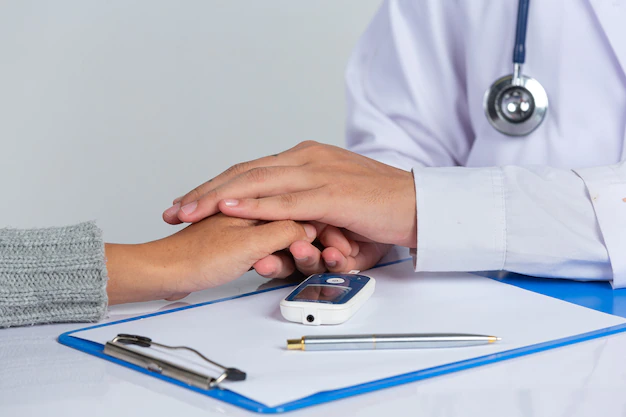Diagnosis and Office Follow-Up of Diabetes

Diagnosis of diabetes involves a series of blood tests that measure the level of glucose in your blood. The most commonly used tests include:
- Fasting Plasma Glucose (FPG) test: This test measures your blood glucose level after an overnight fast of at least 8 hours.
- Oral Glucose Tolerance Test (OGTT): This test measures your blood glucose level before and 2 hours after you drink a sugary drink.
- Random Plasma Glucose (RPG) test: This test measures your blood glucose level at any time of the day, regardless of when you last ate.
If your blood glucose level is above the normal range, your doctor may perform additional tests to confirm the diagnosis of diabetes.
Once diagnosed with diabetes, it is important to have regular office follow-ups with your healthcare provider to monitor your blood glucose levels, manage any complications, and adjust your treatment plan as needed. During your office visit, your doctor may check your blood pressure, weight, and perform a physical exam to check for any signs of complications.
Your doctor may also recommend additional tests to monitor your diabetes, such as a Hemoglobin A1c test, which measures your average blood glucose levels over the past 2-3 months. Depending on your condition, your doctor may recommend more frequent follow-ups, such as every 3-6 months, to ensure your diabetes is under control and to prevent any long-term complications.
